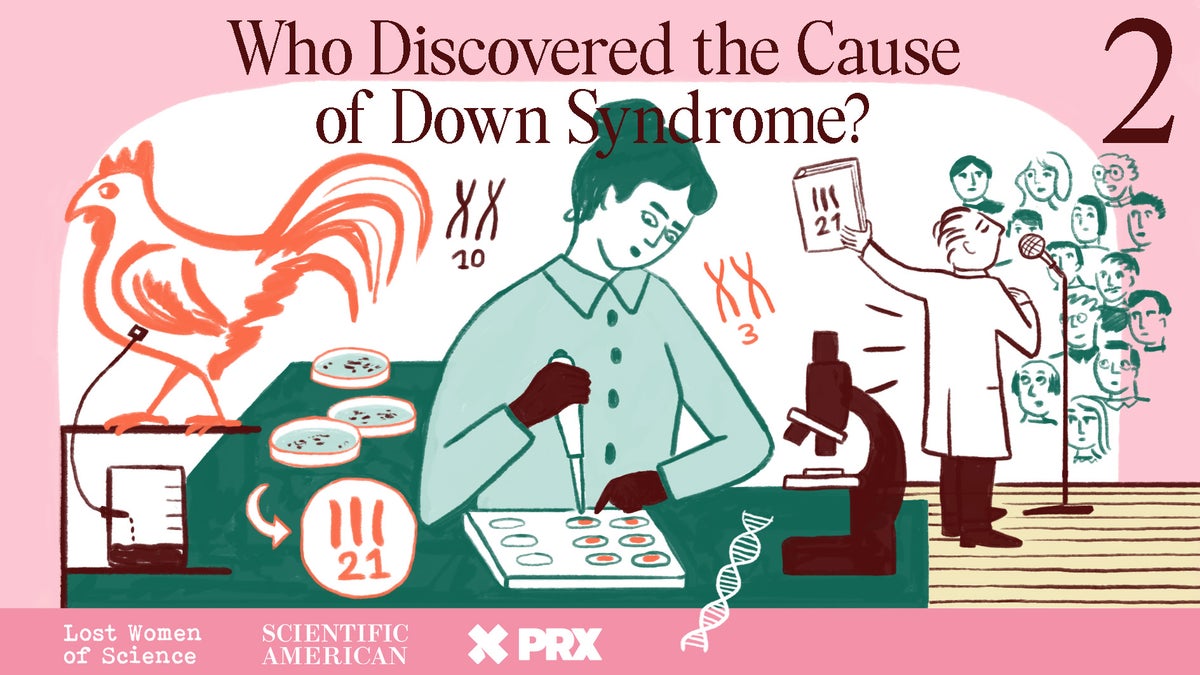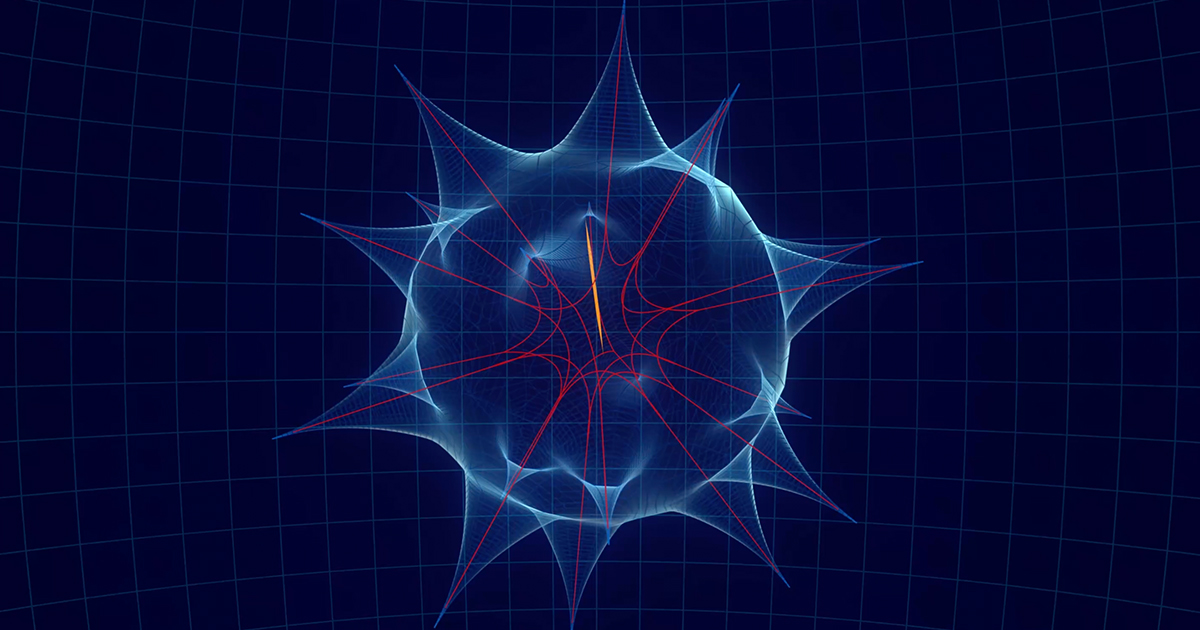Above, this TV screenshot from 2020 — of a wildfire near a homeless encampment in Los Angeles’ Sepulveda Basin area — illustrates the intersection of California’s wildfire and homeless problems, which are making each other worse. By Ana Kasparian, RealClearInvestigationsMarch 19, 2025 VENICE, Calif. – Francesca Padilla was awakened by the sound of screaming people… Continue reading How Los Angeles Is Getting Scorched by Its Homeless Problem
This Researcher Discovered the Cause of Down Syndrome, But For 50 Years Got None of the Credit
In 1960 Marthe Gautier left the lab where she had discovered the genetic cause of Down syndrome and went on to have a successful career as a pediatric cardiologist. For decades, she remained silent as her former colleague Jérôme Lejeune continued to take credit for this pioneering discovery, and history wrote her out of the… Continue reading This Researcher Discovered the Cause of Down Syndrome, But For 50 Years Got None of the Credit
New Conversations, Deep Questions, Bold Ideas in Season Four of ‘The Joy of Why’
LEVIN: Well, I think that we have an opportunity as research scientists to dig really deep into particular ideas of our choosing, but we don’t really get a chance ourselves even to talk to other people deeply in other fields, and I think that’s going to be a real pleasure. We’re going to home in… Continue reading New Conversations, Deep Questions, Bold Ideas in Season Four of ‘The Joy of Why’
Injunction Dysfunction or Tyrant Disruption? Trump-Era Judicial Paralysis Explained
Can a single judge unilaterally thwart the president of the United States? That’s the contentious question the Trump administration asked the Supreme Court to resolve last week in response to court orders blocking its effort to curtail birthright citizenship, and after a slew of decrees requiring the president do everything from halting major actions on DEI and… Continue reading Injunction Dysfunction or Tyrant Disruption? Trump-Era Judicial Paralysis Explained
Measles Outbreak in Children Grows in One of Texas’ Least Vaccinated Counties
A measles outbreak is growing in a Texas county with dangerously low vaccination rates. In late January, two school-age children from Gaines County were hospitalized with measles. Since an estimated 1 in 5 people with the disease end up in the hospital, the two cases suggested a larger outbreak. As of Feb. 12, there were… Continue reading Measles Outbreak in Children Grows in One of Texas’ Least Vaccinated Counties
‘Once in a Century’ Proof Settles Math’s Kakeya Conjecture
And even in cases where the grains all conspired to provide maximum overlap, they found, the number of grains intersecting any given point couldn’t be too big. Starting from the 2.5 bound, they were able to prove that the grains couldn’t overlap enough to result in a dimension slightly above that bound either. Then, starting… Continue reading ‘Once in a Century’ Proof Settles Math’s Kakeya Conjecture
Animal-to-Human Organ Transplants Hit Long-Awaited Testing Milestone
February 13, 2025 4 min read Animal-to-Human Organ Transplants Hit Long-Awaited Testing Milestone Up to 50 transplant patients will receive a genetically modified pig kidney in a clinical trial that will launch this summer By Tanya Lewis edited by Dean Visser Towana Looney, 53, received a gene-edited pig kidney transplant at NYU Langone Health in… Continue reading Animal-to-Human Organ Transplants Hit Long-Awaited Testing Milestone
A New Beltway Intrigue: Follow the Biden EPA Money
When the Biden administration announced $27 billion in environmental grants last April, it set the clock ticking on a predicament: how to get the unprecedented sums for the President’s envisioned NetZero future out the door before the fiscal year ended on Sept. 30? Lee Zeldin, Trump EPA Administrator: Sees “a deeply entrenched pattern of political… Continue reading A New Beltway Intrigue: Follow the Biden EPA Money
UFO Observables (Unidentified Flying Objects, Unidentified Aerial Phenomena, UAPs)
UFO Observables (Unidentified Flying Objects, Unidentified Aerial Phenomena, UAPs) < !- end of Google Analytics Code Snippet by GA4WP–> // tabnab protection window.addEventListener(‘load’, function () { // make all links have rel=”noopener noreferrer” document.querySelectorAll(‘a[target=”_blank”]’).forEach(link => { link.setAttribute(‘rel’, ‘noopener noreferrer’); }); }); ]]> Podcast: Download MYS355: Strange things are flying in our skies, and the US… Continue reading UFO Observables (Unidentified Flying Objects, Unidentified Aerial Phenomena, UAPs)
Scientists React to RFK, Jr.’s Confirmation as HHS Secretary
February 13, 2025 4 min read Scientists React to RFK, Jr.’s Confirmation as HHS Secretary Robert F. Kennedy, Jr., has expressed support for some fields of science but has also declared he’d like a “break” in infectious-disease research. Here’s what he might do as the U.S.’s newly confirmed secretary of health and human services By… Continue reading Scientists React to RFK, Jr.’s Confirmation as HHS Secretary









